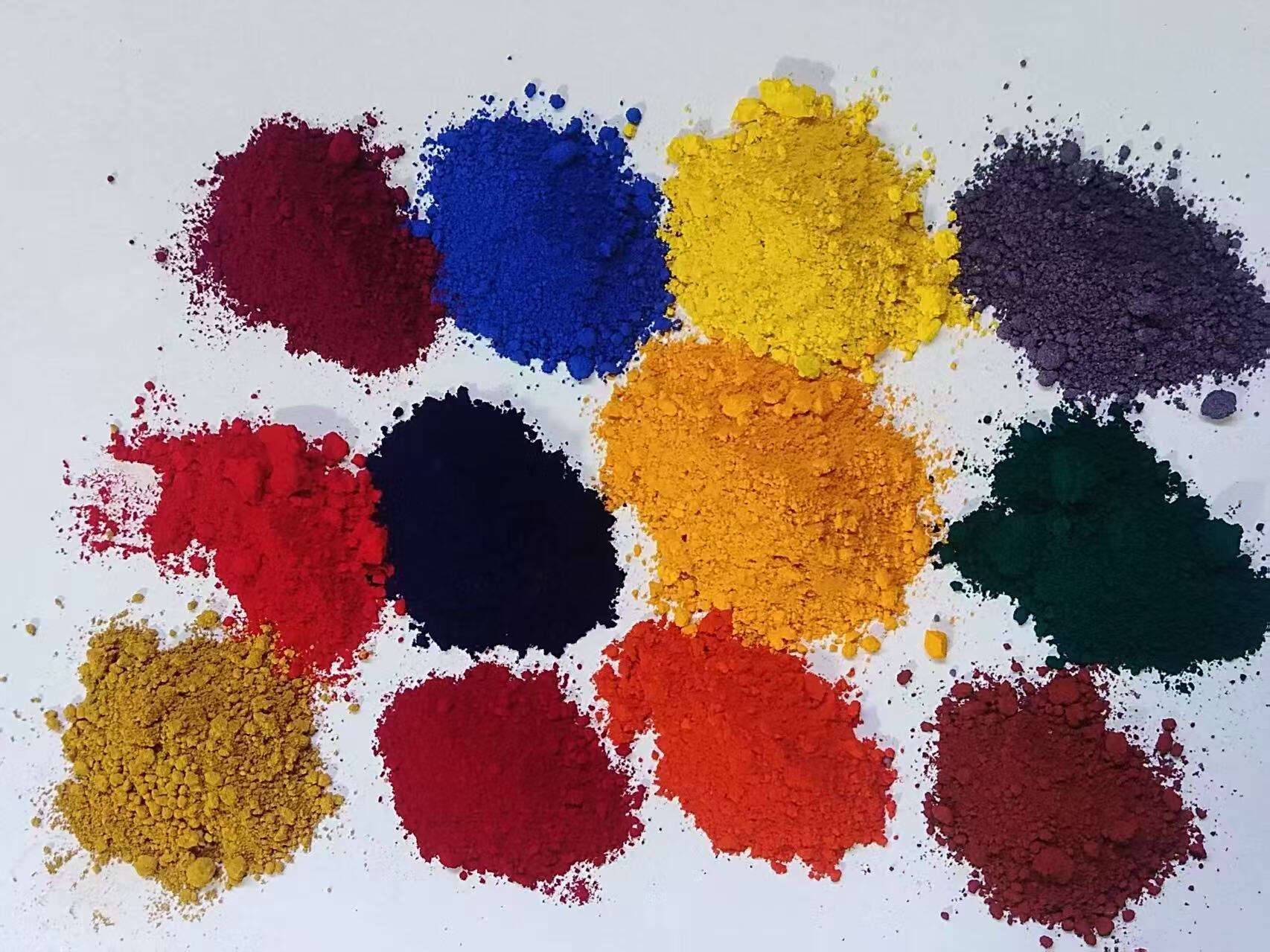The Revolutionary Paint Technology Transforming Modern Manufacturing
In today's industrial finishing landscape, electrostatic coating powder represents a groundbreaking advancement that's revolutionizing how manufacturers approach surface finishing. This innovative technology not only delivers superior results but also offers remarkable cost savings and environmental benefits that traditional liquid painting simply cannot match.
When manufacturers first encounter electrostatic coating powder, they're often amazed by its elegant simplicity and impressive efficiency. The process harnesses basic principles of electrical attraction to achieve what conventional painting methods struggle to accomplish – uniform coverage with minimal waste and maximum durability.
Understanding the Science Behind Electrostatic Coating
The Fundamental Principles of Electrostatic Attraction
At its core, electrostatic coating powder relies on the basic principle that opposite electrical charges attract. The process begins by negatively charging dry powder particles as they exit the spray gun. Meanwhile, the target object is grounded, creating a positive charge. This charge difference creates a powerful attractive force that pulls the powder particles directly toward the surface being coated.
This electrical attraction ensures that the powder particles adhere evenly to all surfaces, including edges and hard-to-reach areas. The result is a uniform coating that would be difficult to achieve with traditional liquid paint applications.
The Chemical Composition That Makes It Work
Modern electrostatic coating powder consists of carefully engineered polymer resins, crosslinkers, pigments, and various additives. Each component serves a specific purpose, from providing color and texture to ensuring proper flow and adhesion during the curing process.
The powder remains in a solid state until it undergoes the heating process, where it transforms into a smooth, durable finish. This unique characteristic eliminates many of the problems associated with liquid paints, such as running, sagging, and uneven application.
The Application Process and Equipment
Specialized Equipment Requirements
The application of electrostatic coating powder requires specific equipment designed to handle the unique properties of the powder material. The heart of the system is the powder spray gun, which contains sophisticated electronics that control the electrical charge and powder flow. Supporting equipment includes powder feed units, recovery systems, and precisely controlled curing ovens.
Modern powder coating systems often incorporate automated controls and robotic application systems, ensuring consistent results across large production runs while minimizing operator fatigue and human error.
The Step-by-Step Application Process
The application process begins with thorough surface preparation, which typically involves cleaning, degreasing, and sometimes applying a conversion coating. The prepared parts are then suspended from a conveyor system or placed in a spray booth. As the electrostatic coating powder is applied, the electrical attraction ensures efficient transfer and adhesion to the target surface.
Following application, the coated items enter a curing oven where controlled heat causes the powder to melt, flow, and cure into a tough, durable finish. This process, known as cross-linking, creates chemical bonds that result in superior coating performance.

Environmental and Economic Benefits
Sustainable Advantages of Powder Coating
The environmental benefits of electrostatic coating powder are substantial. Unlike traditional liquid paints, powder coating releases no volatile organic compounds (VOCs) into the atmosphere. The process is solvent-free, reducing both environmental impact and workplace hazards. Additionally, unused powder can be recovered and recycled, minimizing waste and further reducing environmental footprint.
Many manufacturers are finding that switching to powder coating helps them meet increasingly stringent environmental regulations while also improving their sustainability metrics.
Cost-Saving Potential and ROI
The 30% paint savings achieved through electrostatic coating powder is just the beginning of the economic benefits. The high transfer efficiency means less material is needed to achieve the desired coating thickness. Recovery systems can reclaim up to 98% of overspray, which can be reused in future applications.
Additional cost savings come from reduced waste disposal costs, lower energy consumption compared to liquid paint drying systems, and decreased labor costs due to the efficiency of the application process. Many facilities report payback periods of less than two years on their powder coating equipment investments.
Advanced Applications and Future Developments
Emerging Technologies in Powder Coating
The field of electrostatic coating powder continues to evolve with new technological advances. Recent developments include low-temperature cure powders, which allow for coating heat-sensitive materials, and thin-film applications that rival the appearance of liquid paints while maintaining powder coating's advantages.
Smart powder coatings with self-healing properties and enhanced durability are also emerging, promising even greater performance benefits for manufacturers and end-users alike.
Industry-Specific Applications
From automotive components to architectural materials, electrostatic coating powder is finding new applications across diverse industries. The technology is particularly valuable in sectors requiring high-performance finishes, such as outdoor furniture, appliances, and industrial equipment. Each industry benefits from custom formulations designed to meet specific performance requirements.
The versatility of powder coating continues to expand as new formulations are developed to address unique industry challenges and requirements.
Frequently Asked Questions
What makes electrostatic coating powder more efficient than traditional paint?
Electrostatic coating powder achieves higher efficiency through its unique application method using electrical charges, resulting in better surface coverage and minimal waste. The ability to reclaim and reuse overspray, combined with the elimination of solvents and reduced curing time, contributes to its superior efficiency.
How long does an electrostatic powder coating typically last?
When properly applied, electrostatic powder coatings can last 15-20 years or more. The durability comes from the chemical bonding that occurs during the curing process, creating a finish that's more resistant to chipping, scratching, and environmental degradation than conventional paint.
Can electrostatic coating powder be applied to any material?
While electrostatic coating powder works best on conductive materials like metals, recent advances have made it possible to coat some non-conductive materials through the use of special primers or pre-treatments. However, the material must be able to withstand the curing temperatures required for the powder to properly flow and cure.

